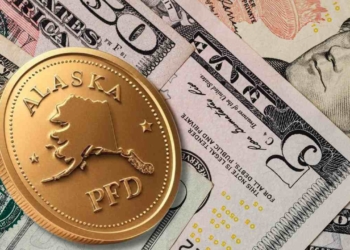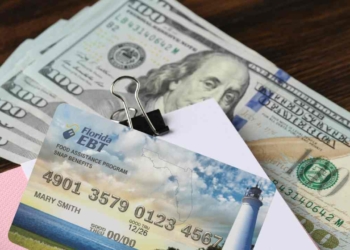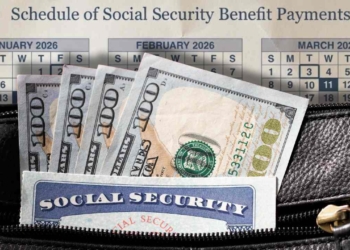Millions of Americans could pocket bigger tax refunds next spring, a direct fallout from President Donald Trump’s One Big Beautiful Bill Act (OBBBA), the sweeping tax overhaul he signed in July.
The law locks in the 2017 cuts while carving out new relief for overtime wages, tips and state-local tax deductions. Early projections point to an influx of cash—up to $50 billion in tax refunds and bill reductions—potentially swelling total payouts by 18% over last year’s $275 billion haul from the IRS.
Bigger tax refunds in 2026? Some projections say it could happen
That’s the upbeat forecast from Oxford Economics, which modeled the bill’s ripple effects. The Congressional Budget Office chips in a more modest $24 billion in savings for fiscal 2025 alone. But the heavy lifting starts in 2026, when payroll withholding tables get a full reset.
“Employers set their rates back in January under the old rules,” notes Alex Beene, a financial literacy lecturer at the University of Tennessee at Martin. “Now, with retroactive tweaks from OBBBA, workers have overpaid all year. Come filing time, the IRS will hand back the difference—and for many, it’ll feel like found money.”
The mechanics are straightforward: Over-withholding meets expanded breaks, like hiking the SALT deduction cap from $10,000 to $40,000. High earners in pricey states—think New York suburbs or coastal California—stand to gain most, the report shows. Retirees aren’t left out; seniors 65 and up qualify for an extra $6,000 to $12,000 deduction, phased out at higher incomes.
Savings vary sharply by bracket: Oxford’s estimates are these
| Income Bracket | Projected Savings |
|---|---|
| $0–$34,600 | $150 |
| $34,601–$66,800 | $750 |
| $66,801–$119,200 | $1,780 |
| $119,201–$217,100 | $3,460 |
| $217,101+ | $12,540 |
| $1.149 million+ | $75,410 |
| $5.185 million+ | $286,440 |
Projections say the average tax refund could be up to $3,700
The Tax Foundation pegs the average per filer at $3,700, but with 60% flowing to the top income quartile. Critics, including the Center for American Progress, decry the tilt: It could widen the deficit by $3.4 trillion over a decade, they argue, while trimming social spending to pay for it.
Consumer spending? Expect a tempered lift. Households may only recycle half that $50 billion into the economy, per Oxford, as wealthier filers lean toward saving.
For now, the advice from tax pros: Update your W-4 pronto, and watch for IRS primers on the switchover. In an election year, though, these windfalls could shift with the political winds.
The average tax refund in 2025
For the 2025 tax filing season (covering returns for the 2024 tax year), the Internal Revenue Service issued refunds averaging $2,947 per return. This figure comes from the Treasury Inspector General for Tax Administration’s (TIGTA) final review of the season, based on data through early May 2025, when the bulk of returns were processed. In total, about 92 million refunds were issued during this period.
To put it in context, that’s a slight dip from the $3,011 average in the prior year, influenced by factors like inflation adjustments and changes in withholding. Keep in mind that while most refunds hit accounts by April, extensions push some into later months, but the average holds steady across the season. If you’re looking ahead, early 2026 data suggests averages could tick up due to recent tax law tweaks.







